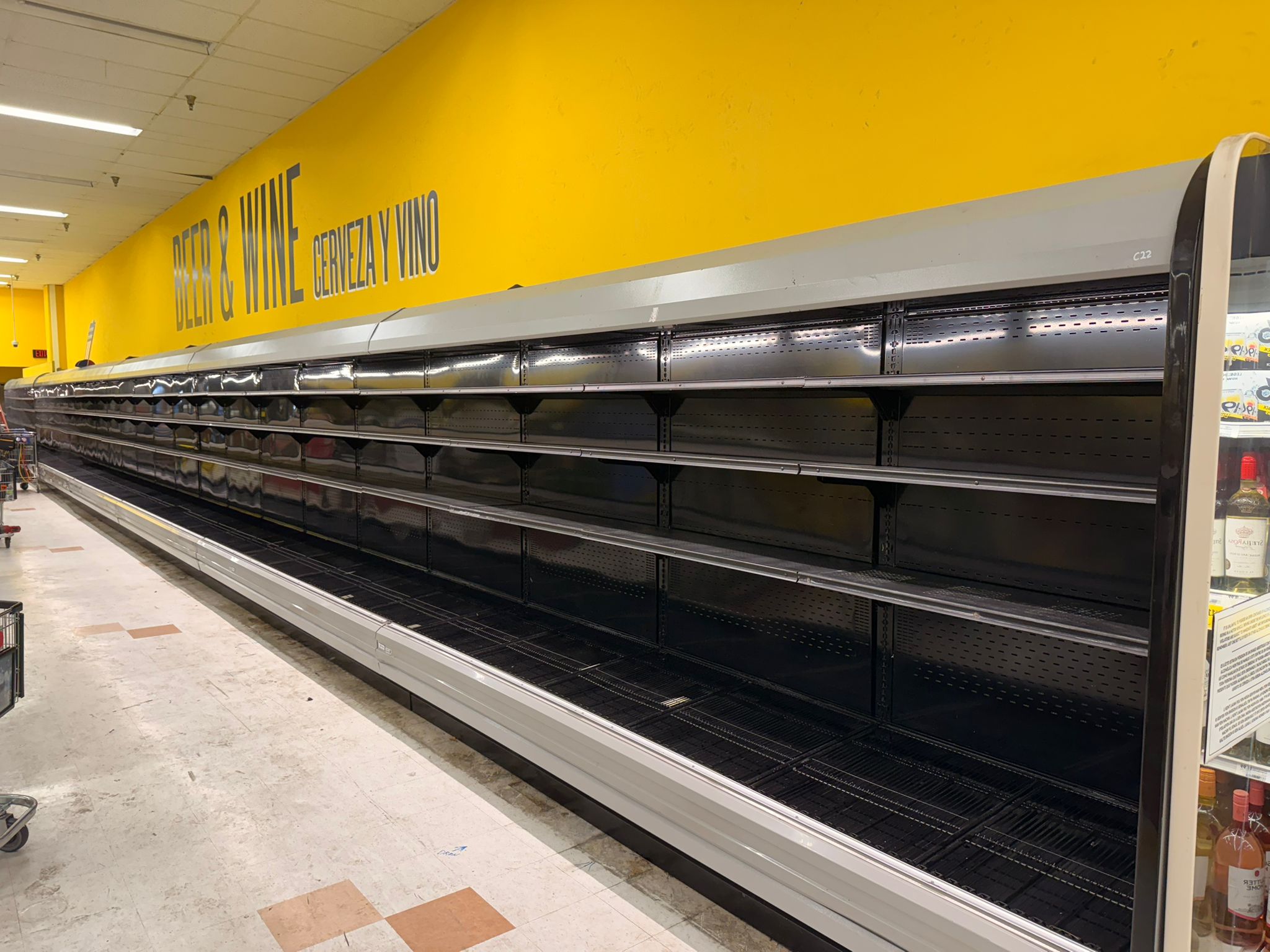
Why is it essential to have a well-designed and compliant cold storage facility?
Cold storage solutions are not only essential for preserving perishable goods — they are also a legal requirement in various industries. In this article, we explain what your cold storage system needs to meet today’s regulations in the U.S., especially in a challenging climate like Florida’s.
What is a cold storage solution and what is it used for?
Definition and key components of cold storage systems
- Walk-in coolers and freezers
- Large-scale refrigeration rooms
- Automated temperature control systems
Design importance in high-humidity climates like Florida
Florida’s hot and humid environment demands high-performance insulation and energy-efficient systems to ensure food safety and lower operating costs.
Key regulations your cold storage facility must comply with
1. FDA Food Code
Specifies required temperature ranges: 32–41°F (0–5°C) for refrigeration, and 0°F (-18°C) or lower for frozen goods.
2. ASHRAE Standards
Cover HVAC and refrigeration system efficiency, construction methods, and materials.
3. EPA Regulations on Refrigerants
Ban high-GWP refrigerants like R-22 and promote eco-friendly options like R-448A or natural CO₂.
4. OSHA and the Florida Building Code
Ensure worker safety and require certified materials in cold storage construction.
Technical features every compliant cold storage facility should have
High-performance thermal design and insulation
• Zero thermal leakage insulated panels
Polyurethane panels with cam-lock joints ensure airtight sealing.
• Industrial-grade, self-closing doors
Reduce energy loss and meet OSHA safety standards.
24/7 temperature control and monitoring systems
• Automation and smart sensors
Log temperature, humidity, and send alerts for anomalies.
• Traceability and maintenance software
Prevent system failures and simplify inspections.
Use of eco-friendly, compliant refrigerants
- Increase efficiency
- Ensure EPA compliance
- Reduce environmental impact
Common mistakes in cold storage facilities and how to avoid them
Insufficient insulation performance
Leads to higher energy bills and product loss.
Use of outdated or banned refrigerants
Risks fines and failed inspections.
Lack of documentation and preventive maintenance
Complicates audits and increases the risk of breakdowns.
How Dynamiq ensures fully compliant cold storage solutions
A full-scope approach: design, selection, implementation, and maintenance
We tailor each phase to your specific product type, storage volume, and regulatory requirements.
Cutting-edge technology for energy efficiency
Our walk-in coolers use smart HVAC systems and EPA-approved refrigerants.
Guaranteed compliance and expert support
Our installations consistently pass local, state, and federal inspections.
Conclusion: Turn your cold storage into a compliant, energy-efficient asset
Investing in cold storage solutions that meet today’s regulations is more than a necessity — it’s a smart way to lower costs, boost safety, and ensure operational continuity
Contact us now and let’s start designing your high-performance cold storage system.
We’re aiming to help 5 new clients this week. Will you be one of them?